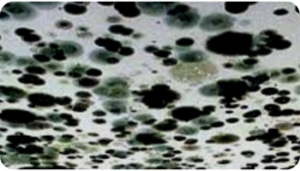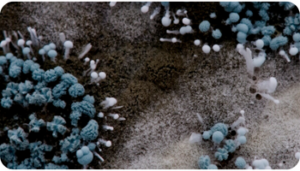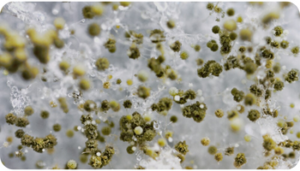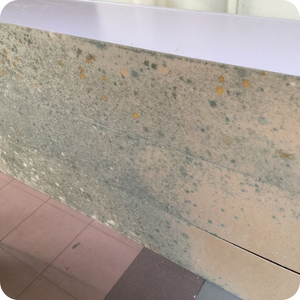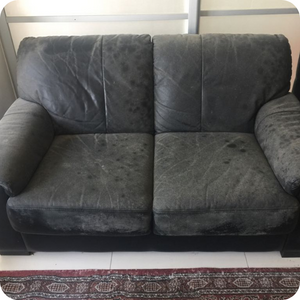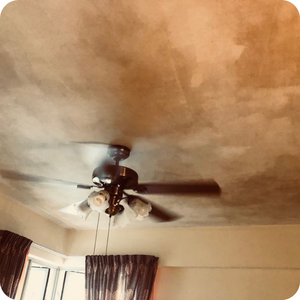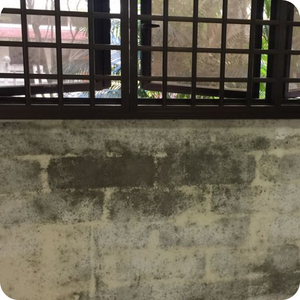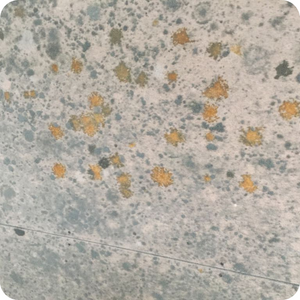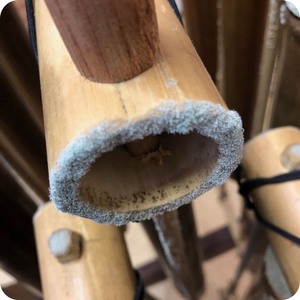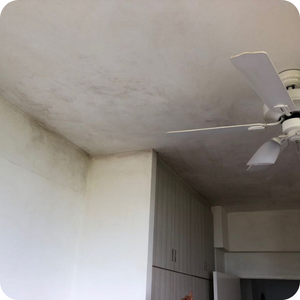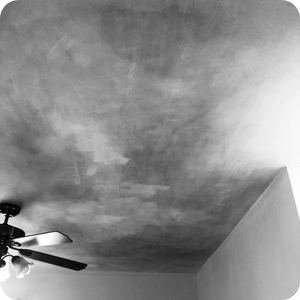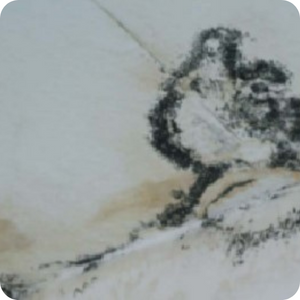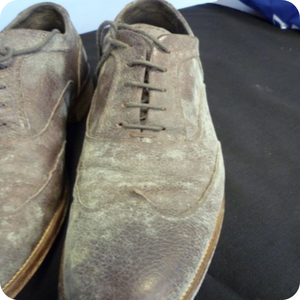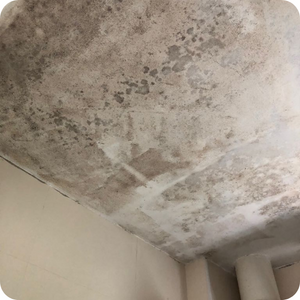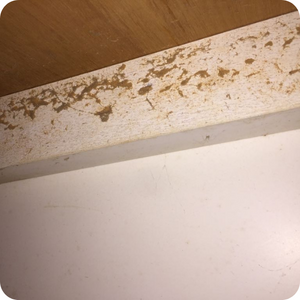Mould
Mould (or mold) is a term used to refer to fungi that grow in the form of multicellular thread-like structures called hyphae.
Mold is found in damp building materials where it often appears like stains and comes in a variety of colours. A must smell is an indication of microbial growth even when there is no visible growth. If mold is allowed to grow in homes or offices it can contribute to poor indoor air quality.
Mold growth requires moisture. The sources of moisture could be Washing, cooking, air humidifiers, condensation or leaks from plumbing or from the outside. Poor ventilation contributes to higher humidity levels and leads to condensation, which also allows mold growth.
Mould if left untreated and is given more moisture, can cause extensive damage to property.
Mould has been identified as the cause of a wide range of health problems, including watery, itchy eyes, a chronic cough, headaches or migraines, difficulty breathing, rashes, tiredness, sinus problems, nasal blockage and frequent sneezing. In rare cases, it has been known to cause death.
Mildew
Mildew is a form of fungus. It is distinguished from its closely related counterpart, mould, largely by its color: moulds appear in shades of black, blue, red, and green, whereas mildew is white. It appears as a thin, superficial growth consisting of minute hyphae (fungal filaments) produced especially on living plants or organic matter such as wood, paper or leather.
Settles on foods and technical products such as textile goods, ropes, leather, paints, glue, rubber, paper and even plastics. There are approx. 250,000 different fungal types – in residential areas between 40 and 100 different types.
Health Risks from Molud/Mildew
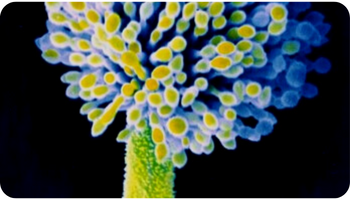
The risks have been underestimated for many years
Mould spores are among the most important inside room allergens.
CONSEQUENCE: Skin irritations, flu-like symptoms, severe states of fatigue, dizziness, disturbances of memory and speech, respiratory diseases, chesty cough, and allergic asthma, headache and tiredness.
Life threatening diseases.
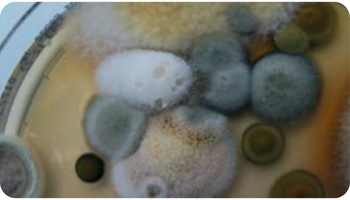
Infestations of some insects are the direct result of moisture and accompanying mildews and fungi. Several insects are feeders on molds and mildews, or require the same high humidity conditions that favor mildew growth. Sometimes the presence of these insects provides a clue to water leaks or some other form of moisture problem.
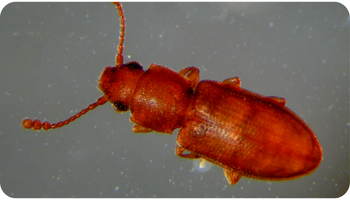
The foreign grain beetle, Ahasverus advena, and several other tiny, fungus-feeding beetles, feed primarily on mildews and fungal spores. This insect, and other similar species listed below, sometimes become abundant indoors, especially in new homes. New homes often sustain mildew on newly installed lumber or sheet rock (gypsum board) that has absorbed water and produced mildew. These fungi provide a ready food source for several insects, resulting in (usually temporary) infestations. In older homes, foreign grain beetles are sometimes pests in bathrooms or other areas where high humidity permits growth and development of both the insects and their food.

